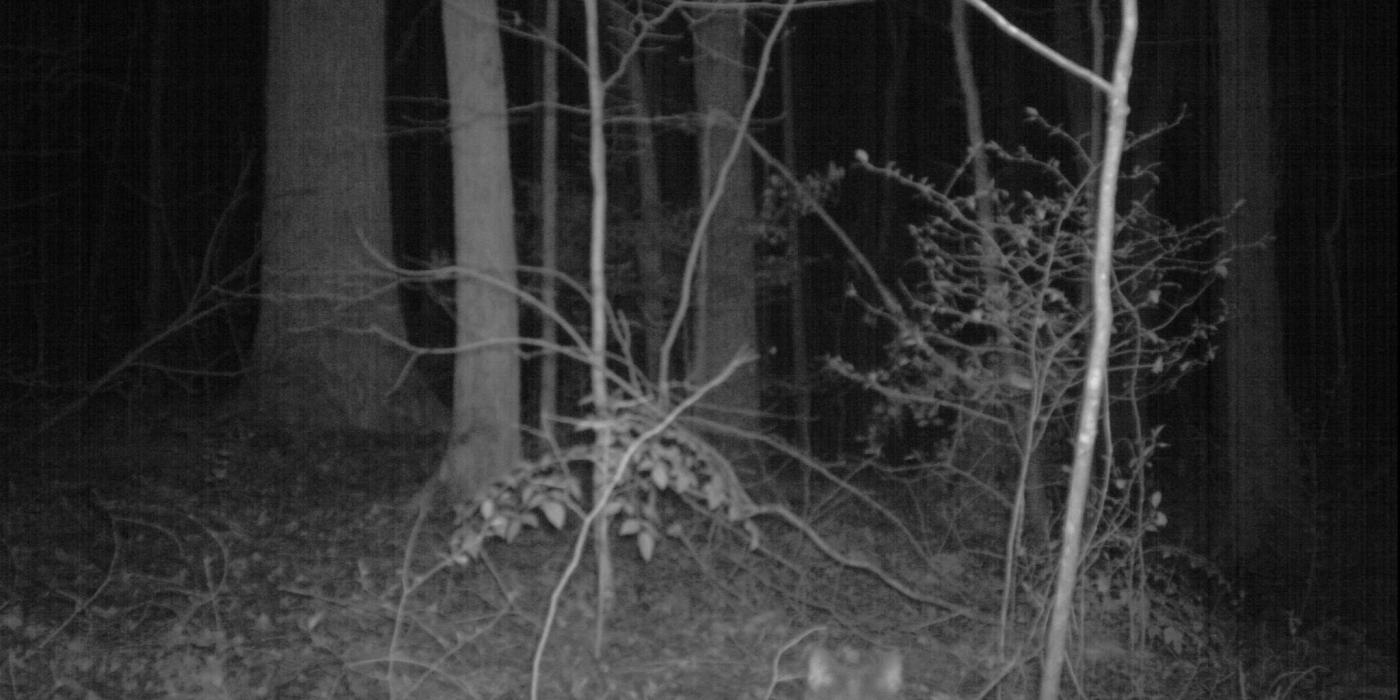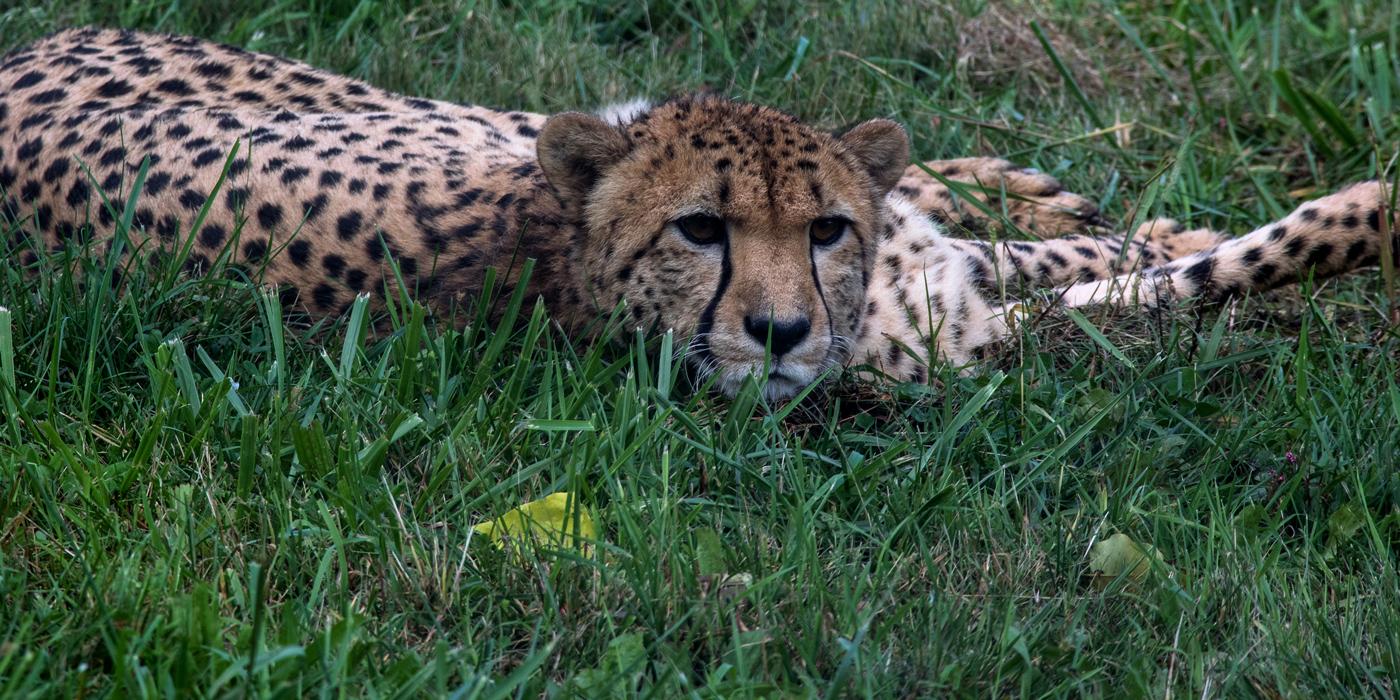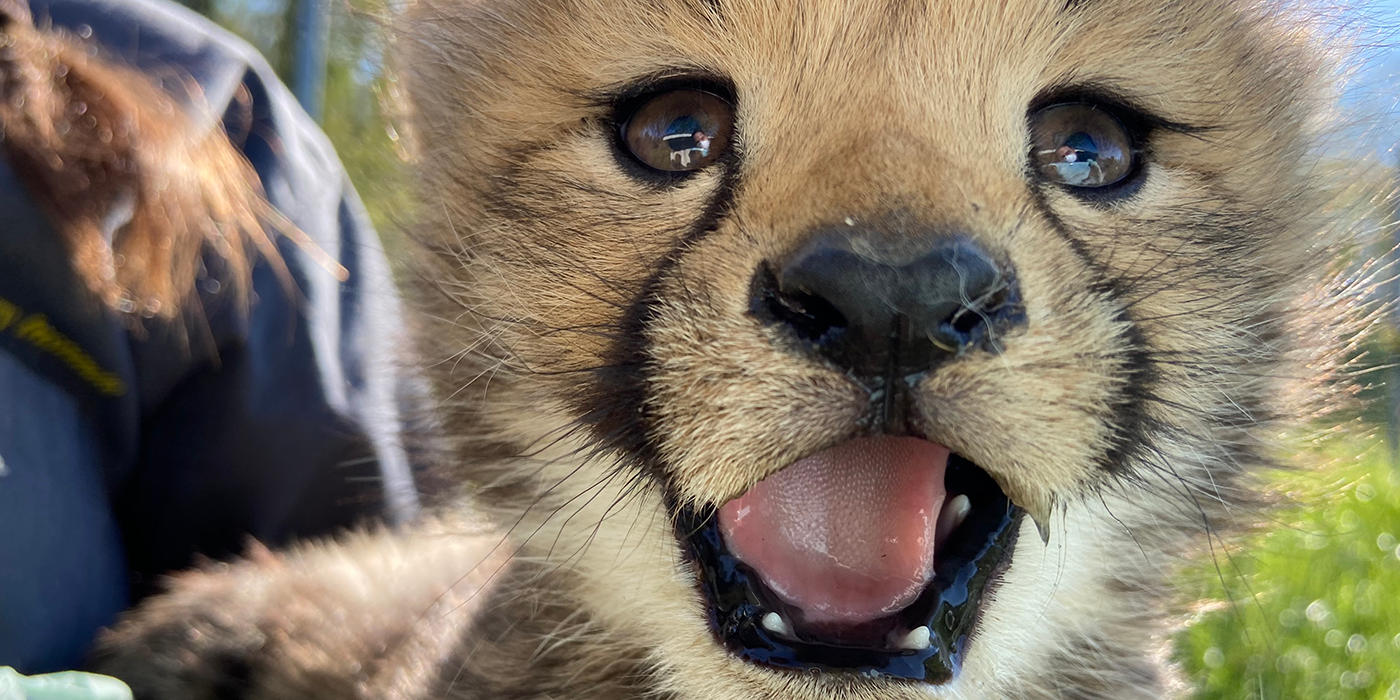Citizen Scientists Help Smithsonian Conservation Biology Institute Track Cats and Coyotes
The phrase "tracking" usually conjures up images of biologists hacking through the bush, using footprints or radio collars to find animals. But a team of Smithsonian scientist tracks animals another way: using an army of volunteer citizen scientists and camera-traps in a revolutionary program called eMammal.
Domestic cats threaten native populations of birds and small mammals. They have had the greatest effect on islands, where they have driven dozens of animals extinct, but they are also a threat in continental areas. However, scientists know very little about where the cats are, and how their population is distributed with regards to native carnivores.
Smithsonian Conservation Biology Institute ecologist Bill McShea worked with scientists from the Smithsonian National Museum of Natural History, the North Carolina Museum of Natural Sciences, and North Carolina State University to survey the populations of domestic cats and coyotes in Maryland, West Virginia, Virginia, North Carolina, South Carolina, and Tennessee. In a study published in the Journal of Mammalogy, the released their findings: cats are rare where coyotes roam.
To count mammals, the scientists marshaled a team of more than 480 citizen scientists: volunteers, undergraduate students, and middle school students. The volunteers trekked to 32 protected areas—mostly rural locations, but some also in urban protected area of Washington, DC's Rock Creek Park—and set up camera traps.
Camera traps are motion-sensitive cameras that snap a picture when they detect movement. Volunteers collected millions of photos, which revealed more than 52,000 images of native animals. By comparing the populations of cats and coyotes, the scientists found that where there were a lot of coyotes, there were very few domestic cats. Since, typically, coyotes are more abundant in rural areas away from people's homes, that's where the cat population was lowest. Cats were most abundant close to residential areas.
"Coyotes are a much-maligned species; some people hate coyotes, and there are still bounties on coyotes, even in Virginia," says SCBI ecologist Bill McShea. "But the coyotes are actually doing a good thing out there—keeping the cats away from native wildlife. People should give them a little more credit."
This study is the first of its kind to rely entirely on such a massive army of citizen scientists. It is the first paper to utilize the full scope of the eMammal program.




